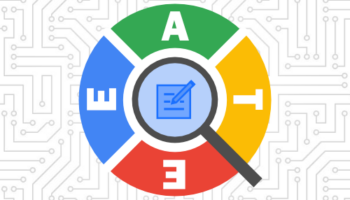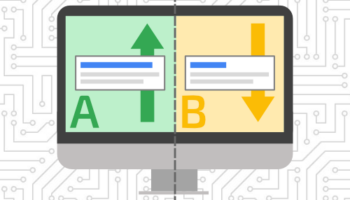The foundation of B2B paid search strategy is similar to that of B2C. Campaigns are composed of ad groups, keywords, bids & budgets, ad copy, conversions, and ad schedules. The main difference is in the style of messaging.
Research
Keywords
What is your target audience searching for? Time taken to discover the terminology that your buyers use is time well spent. If you’re marketing fabrics or materials used in extreme heat environments, use “extreme heat” or “high heat” as opposed to “extreme temperature”. This will lead to more qualified traffic. Once visitors have moved on to the purchase phase, they will likely be including terms such as “provider”, “company”, “vendor”, or “service”.
Audiences
Who are the decision makers, and where do you find them? Google Analytics can provide a starting point. Check the Audience “Interests” section for insight into categories and interests. Set up relevant in-market audiences in your campaigns for observation, and allow time to gather significant data. With that data in hand, you can modify bids up for audiences that convert, or reduce bids for those that don’t perform well.
Channels
Paid social (LinkedIn, to be exact) is another source of lead generation. The targeting options allow you to reach decision makers by job title, job function, skill sets, company name, and company interest, to name a few. You can create brand awareness with LinkedIn ads, but also drive leads. Lead Gen forms are pre-populated with the members profile data when they click on the CTA. This feature is a win-win for the member and the marketer. Engagement data can also be used for tracking down possible leads – the members who “like” your content may be another step on the way to a sale.
Tailored Messaging
Ad Copy
B2B sales are generally a lengthy process involving research and comparisons. Be sure that ad copy aligns with the buyer’s journey. Be specific about the product or service – ad copy for fabrics or materials designed for high heat should not be referencing “extreme temperature” environments. You don’t want to pay for clicks of visitors looking for “extreme cold”. The more specific the copy, the more qualified your traffic will be.
Landing Pages
Give buyers the information they are looking for regarding product they are researching (in exchange for their contact information). Define their problem or need, and the solution you provide. Custom landing pages CTAs should include “download” white papers, brochures, or case studies, “get” more information, “request” a quote, and “order” a sample, to name a few. “Buy now” and “order today” are designed for B2C. Mentions of awards and accolades can boost your credibility as well, helping to build trust for the buyer.
Conclusion
Since the B2B sales cycle is longer, be sure to track your campaigns. Being able to attribute successful leads to specific messaging, keywords, or CTAs provides beneficial insight. Be sure to use all of the tools and channels available today that
make sense for your strategy.





